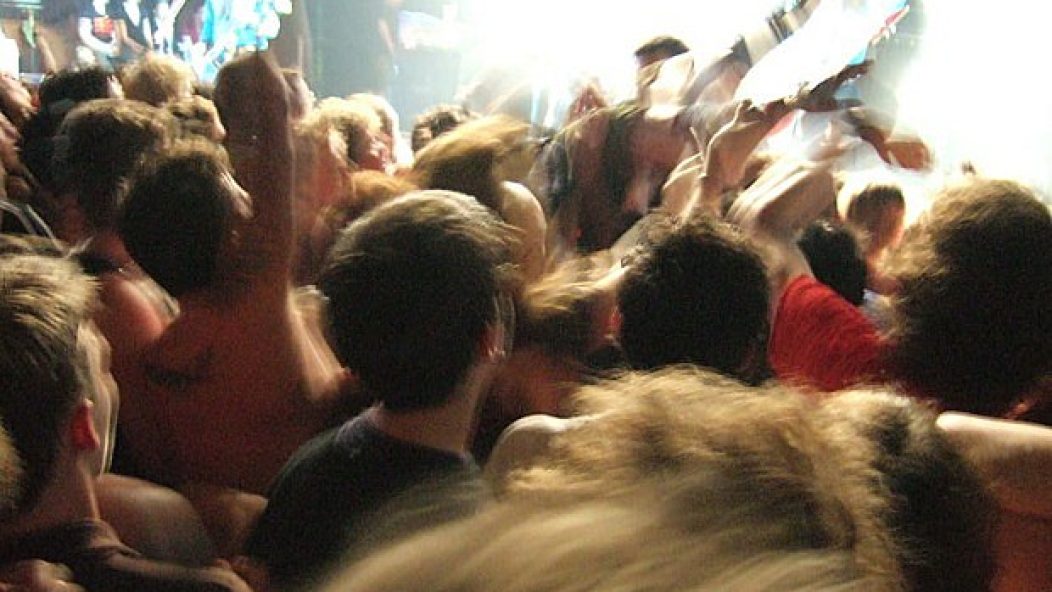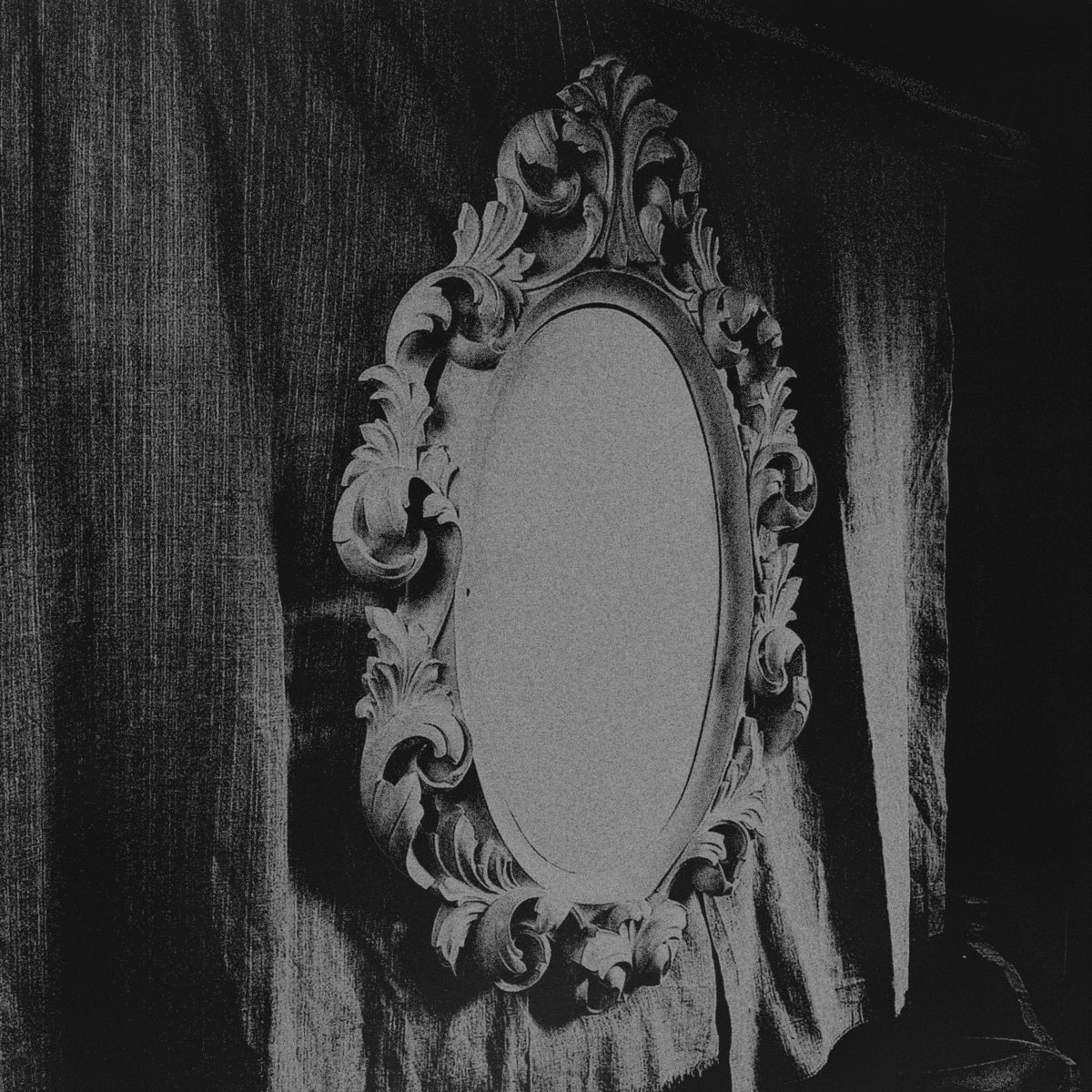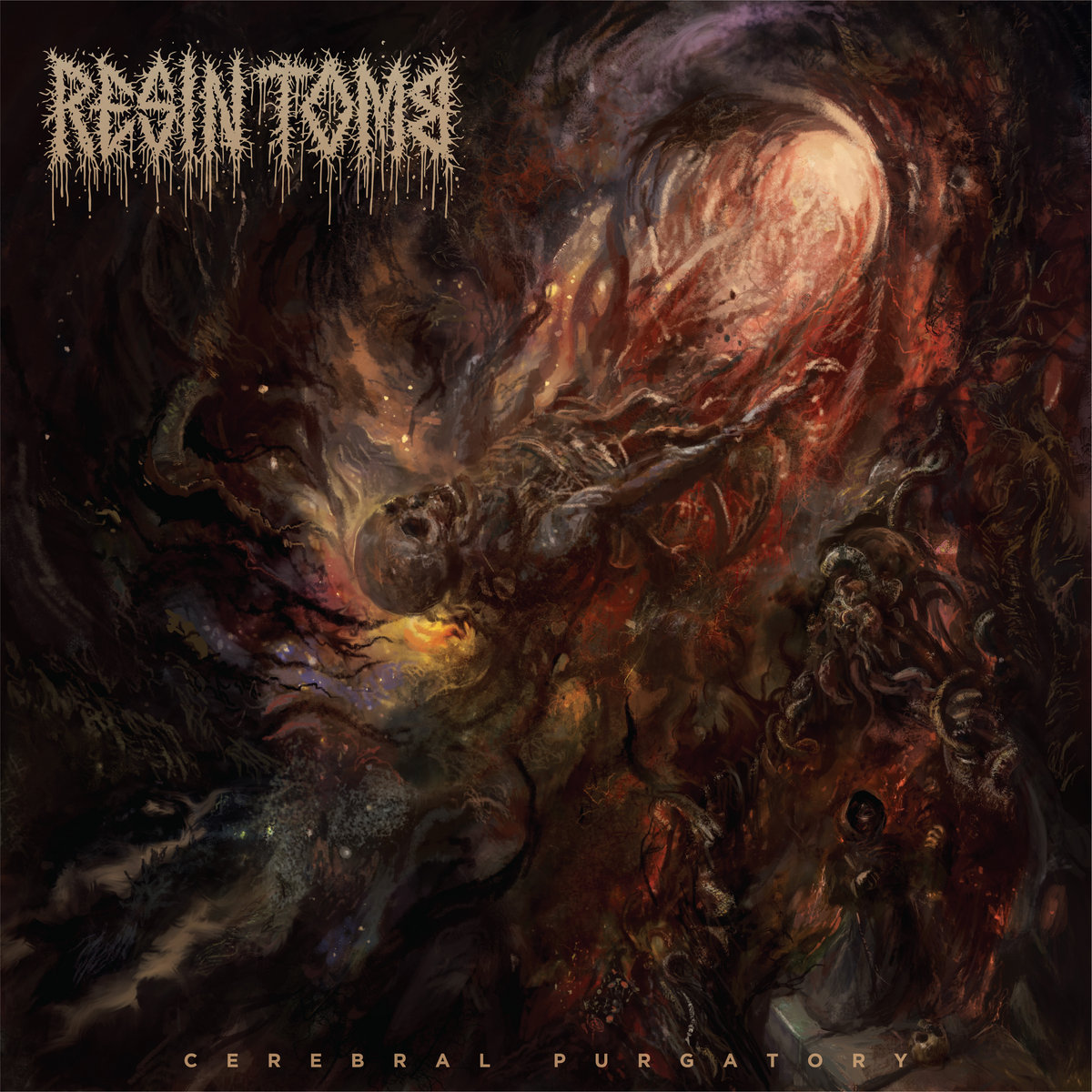
Why do people mosh?
As far as our scene as a whole is concerned, moshing is embedded into our culture. For many of us, push pits, circle pits, slam dancing and more are just second nature when we go to a show.
But why? What makes us want to run into each other while music is being performed? Is it just sheer adrenaline? So much that it builds up, and with nowhere to go, moshing is the result? Or does peer pressure have something to do with it? Perhaps there is some existential, outer-body experience taking place when a mosh pit forms.
Read more: The Science Of The Pit: Physics study compares moshing to molecules
Hopes&Fears recently attempted to uncover the mystery of why people mosh by asking sociologists, safety consultants, physicists, and musicians. This is what they found:
Christian Machado, vocalist of Ill Nino:
“We mosh because we war dance. We are primordial in many ways and this war dance called moshing is not just a dance it is a culture embedded in our culture. The human reaction to extreme music is much like the human reaction to extreme consequences, war. In moshing, we simply practice the art of war amongst friends. Capoeira is also a war dance that can be very much compared to moshing except capoeira applies a lot of martial arts and moshing doesn't necessarily have to.”
Paul Wertheimer, Founder and Head of safety consultant firm Crowd Management Strategies:
“From what I have observed as a concert crowd safety expert, and personally, as a fan, I have identified a number of motivating forces that entice people into the mosh. As I see it, people mosh:
1. For the exhilerhating feeling of camaraderie when people—absent of aggressive or violent intent—playfully touch, push, press upon, shove and butt each other. (This moshing style I describe as “chaos with etiquette.”)
2. To signal to performing artists, in a way that will clearly be understood, that the audience, or a portion of the audience, gets what the artist is communicating through music.
3. As a right of passage for some music fans.
4. To prove equality between the sexes, where the more adventurous females are willing to test their will, agility, strength and moxie with their male counterparts.
5. Because of peer pressure. There is also a dark side to moshing. We’ve all seen this at concerts and festivals where poorly manage mosh pits exist. The world saw it in 1999 at Woodstock. In the mayhem of large mosh environments and violent mosh pits, a segment of highly aggressive and criminally reckless participants often operate. It is here that individuals, who under the cover of anonymity, darkness and poor crowd management and security, choose their victims. The price paid by too many music fans is high: sexual assaults, physical assaults, critical injuries, death, and confrontations that can later turn violent after a show.”
Josh Sushman, drummer of Apologist:
“Right off the top of my head I think it’s homoeroticism for sure. Definitely a lot of sexuality tied up in it in general since it’s typically performed in male-dominated spaces. But I think mutual violence and aggression within a theoretically safe space mirror the type of music it’s responding to. It’s cathartic to express those parts of yourself because they’re often repressed. Moshing is an act that values anger and violence as identity and forms of interaction, just like bondage, which is partly why I say it’s so sexual. But I think it’s become more commonplace outside of strict punk communities and is a little bit more normalized, which maybe generalizes the sexual aspects of whoever is participating.”
Chris Driver PhD Candidate Griffith University, Australia:
“As with any cultural practice, moshing is a mode of interaction that helps people understand and come to terms with their own identities – and how those identities define individuals' relationships to others in their world. This occurs at both a semiotic level and an affective, sensorial level. Cultural practices, like moshing, allow us incite into the personal histories of each other and can even augment or diminish our status within social groups.
Once, peoples' experiences were very different and accorded with their quite predetermined positions within society. Much of modern social philosophy is constructed upon the idea that people must now actively seek out opportunities to define themselves (and others).
There is a case for understanding moshing as a kind of place-making activity. It is a way of furnishing a part of an increasingly bare, super-modern world with the conditions for a more intense—and importantly, 'distinctive'—experience. It is the nature of these experiences that determines our particular skills and abilities—who we are, at a symbolic and existential level.
At least in Hardcore, many moshers understand these experiences to afford them opportunities for becoming a particular kind of person (often linked to classed narratives of masculinity). Hardcore kids move in narratives of kinship, resilience, durability, and cultural solidarity. Doing mosh serves not only to construct a personal narrative that aligns our cultural histories with a commitment to particular social groups but to embed us within the value systems and ways of being that make us who we are and determine our socio-biographical trajectories.
There is even evidence to suggest that these kinds of self-making strategies may develop individuals so that their employability is increased in particular industries where the skills and abilities 'learned' in The Pit hold specific value.”
Dr. Jesse Silverberg Harvard University Postdoctoral Fellow, Wyss Institute for Biologically Inspired Engineering:
“As I understand your question, there's two parts to address. First, why do people mosh at all? Why does a mosh pit look like a mosh pit?
1. As far as I'm aware, music and dance are pretty universal to humans of all cultures. If you get a bunch of people together to listen to heavy metal (or any other 'moshy' music for that matter), you have to figure they're going to dance in some way, shape or form. The way people dance varies as you go culture-to-culture, so it stands to reason that the way people dance at a metal show is going to have its own unique expression relative to, say, country or pop music.
2. Why people decide to run around and get rowdy at a metal show is… well… up to the individual to decide. But let's take for granted that (1) people at a metal show are going to “dance” because that's what we do when we listen to music, and (2) metal-show dancing basically involves getting rowdy. Once you have those ingredients, physics takes over and tells you what will happen next.
Essentially, you end up with this chaotic-looking mass of high-energy people colliding into one another near the front of the stage. This is what we call a 'mosh pit.' The emergence of a mosh pit is then a natural extension of these people 'doing their thing' all in the same area. With different styles of music you get different styles of moshing. For example, circle pits, push pits, and ninja pits are all variants on the same basic principles behind the collective motion at play in a classic mosh pits.”
Gabby Riches PhD Student, Leeds Becket University, UK:
“For over five years now I have been examining the significance of moshpit practices and the role it plays in the everyday lives of extreme metal fans. For many outsiders who are not familiar with heavy metal music and its practices, the moshpit is seen as a violent, uncontrolled, masculine and dangerous space. But for many metal fans the moshpit is considered a safe, self-contained and welcoming space that evokes a strong sense of belonging where metal fans can express themselves maximally and foster stronger connections with the band and other people in the venue.
People mosh in order to be part of and actively involved in the raw, visceral experience of a live metal performance. This is expressed by one female fan who I interviewed in Leeds: “it’s almost like being part of the music you know it’s all going up and down with the beat and you’re bashing around and everything, it’s that big sense of communal energy.”
My doctoral research focused on women’s participation in moshpit practices within the Leeds’ extreme metal scene and for a lot of the women I spoke with the moshpit was a freeing experience, a practice that allowed them to experience their bodies in different and subversive ways. Some of them thought moshing was an empowering practice because it challenges social and gender norms, and disrupts traditional understandings of femininity and what it means to ‘do’ female metal fandom. Moshing also heightens the live metal experience because it creates an electric energy, an atmosphere and through these intense, bodily encounters moshing becomes a contagious force that one cannot help but be absorbed by.
Throughout my research it became evident that the element of risk is an important motivating factor for female metal fans. Female fans explained that in their everyday lives, outside of the scene, they had little opportunities to engage in risky behaviors. One female metal fan said: 'When you’re diving off a stage you don’t know if you’re going to get caught and you don’t know where you’re going to end up and that kind of risk is really nice. And with the music going at the same time it’s just…it’s like the best moments of my life are diving off the stage.' Women enjoy moshing because it’s an experience that is fascinating and out of the ordinary. This is reflected by one participant: 'You kind of feel free, you know, you can just act in a way that you would never be able to act in your everyday life. Like there’s no way you would be able to jump around and bash into people and kind of act in such an aggressive way. I suppose you kind of feel like you can just be however you want to be.'
So in a nutshell it is hard to succinctly summarize the myriad reasons why people mosh, but that’s what makes it so exciting to research and to participate in. You can’t think about it, you just have to do it and experience the moshpit for yourself.”
Ryan McGuffin, guitarist of No Parents:
“Moshing to me is like football, or really any sport… I think people just want to touch each other. I prefer hugging myself, but the kids are gonna do what they're gonna do.”








